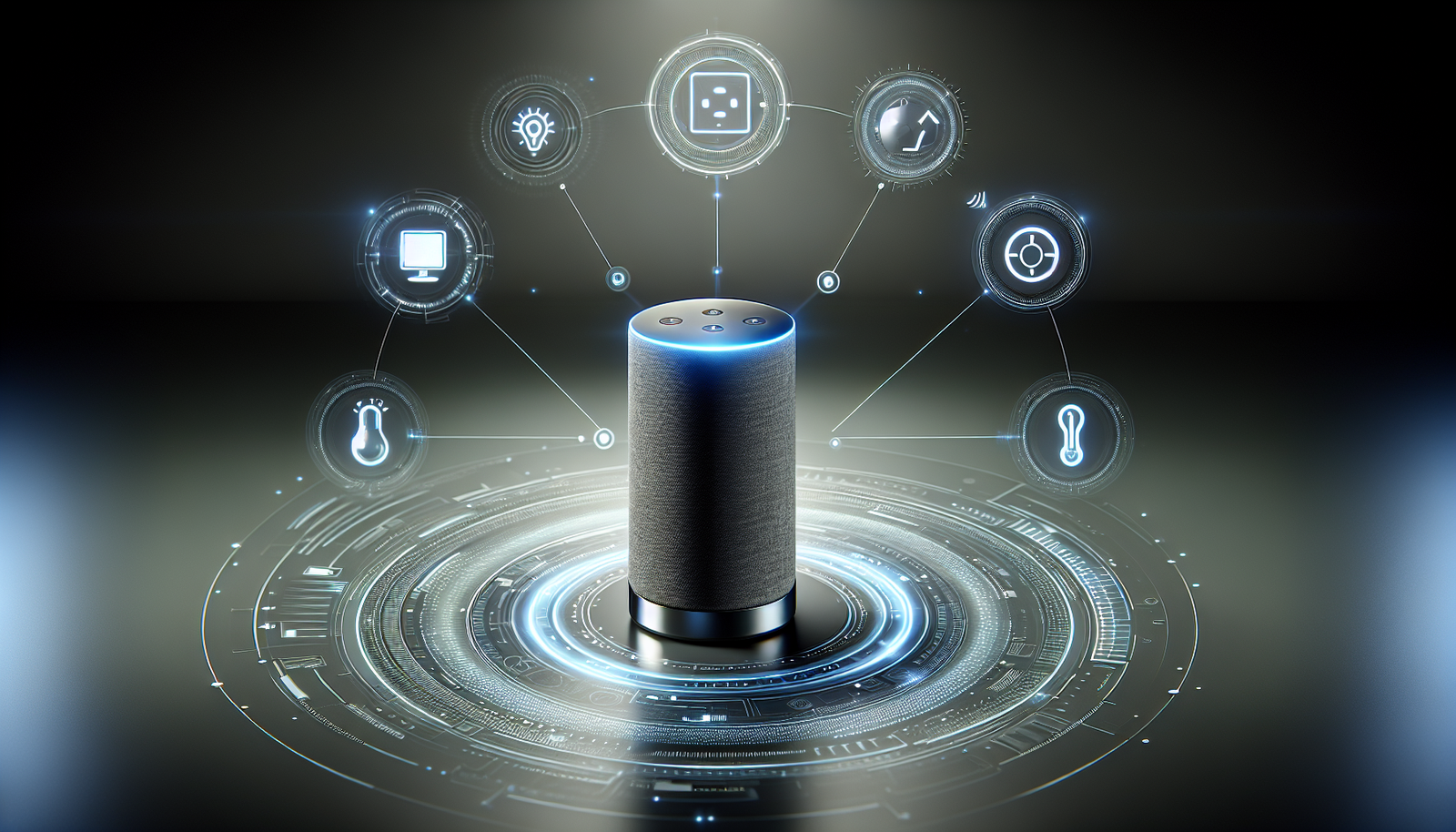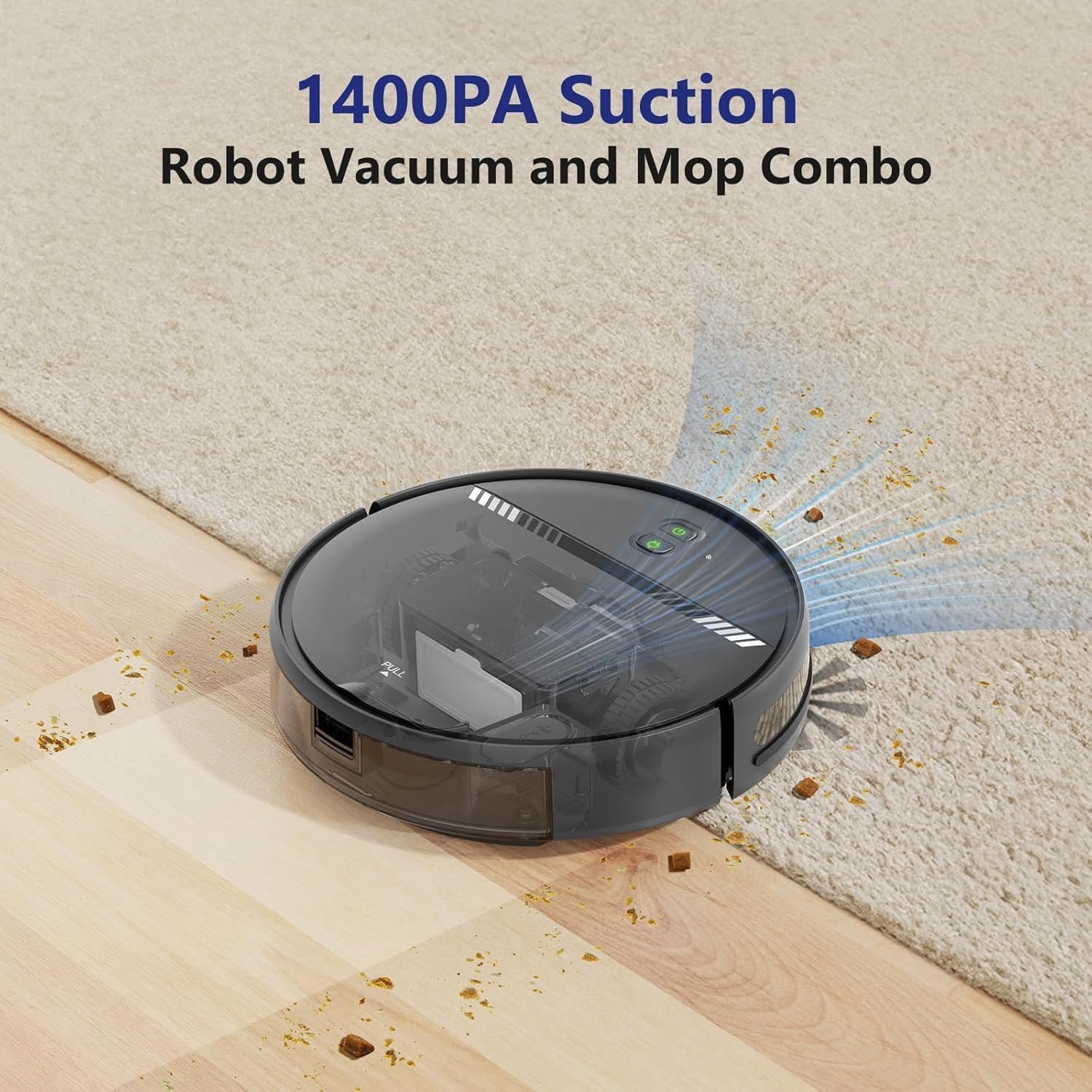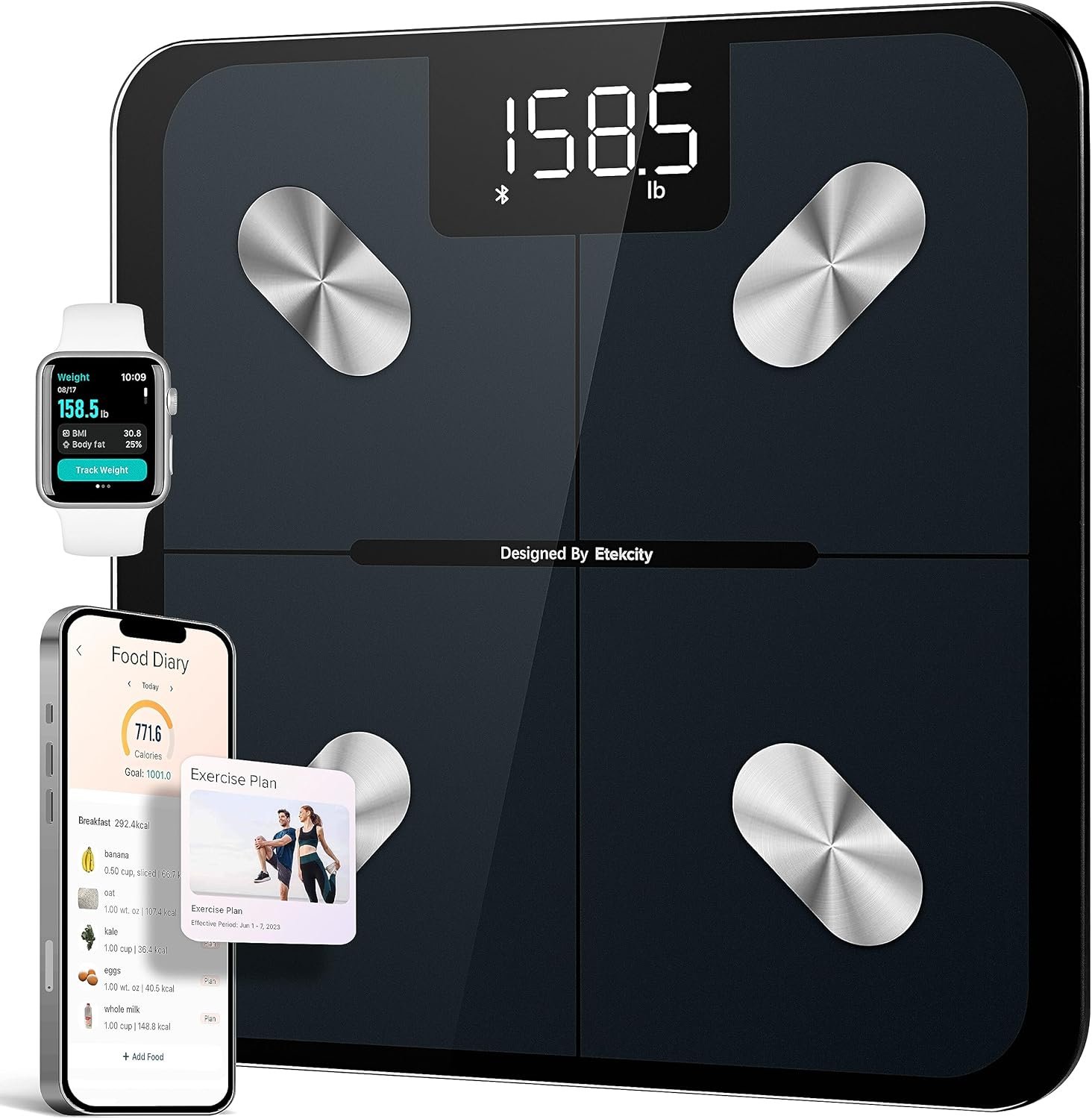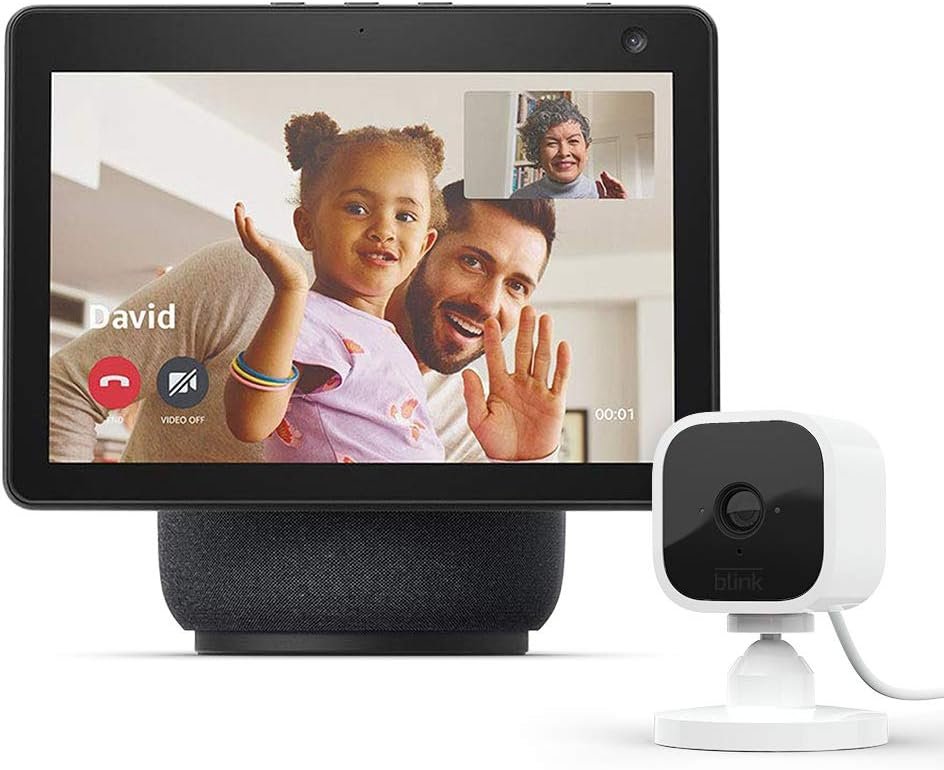Can you imagine your lifestyle with a bit more ease and efficiency? This is what smart home automation promises—a convenient life where technology seamlessly integrates with your daily routine to enhance comfort, energy efficiency, and security. Whether you’re a homeowner contemplating smart upgrades, a renter eager for non-permanent solutions, or someone simply curious about the smart home revolution, this article offers insights tailored for you.
What is Smart Home Automation?
Smart home automation refers to the use of technology to control various aspects of your home environment remotely and automatically. This could be anything from adjusting your thermostat based on your daily routine to remotely managing your security system through your smartphone. It involves integrating different smart devices and systems that can communicate with one another to provide a cohesive living experience.
Overview of Smart Home Devices
Smart home devices cover a wide range of functionalities. Some examples include smart thermostats that learn your temperature preferences, smart lighting systems that adjust based on your needs, smart speakers that play your favorite tunes, and smart locks that enhance home security. The core idea is to replace manual operations with automated solutions that save time and energy.
Cost and Value Considerations
The costs associated with smart home devices can vary significantly, but they often result in long-term savings and increased home value.
Installation Costs
Initial costs for smart devices can be a barrier for some. For instance, a high-tier smart thermostat might cost around $200–$300. However, many devices are user-friendly and designed for straightforward installation, minimizing the potential need for professional help.
Long-term Savings and Return on Investment
Smart devices often provide significant energy savings. Smart thermostats, for example, can reduce energy bills by optimizing heating and cooling cycles. Over time, these savings can offset the initial purchase cost.
Value Addition to Property
Investing in smart home technology not only provides immediate comfort and efficiency but also adds to the resale value of your home. Properties equipped with smart technology are increasingly attractive to buyers in the real estate market.

Comparisons and Examples
When it comes to smart home devices, choices abound. To make informed decisions, it’s useful to compare options based on your needs and budget.
Real-World Use Cases
Consider a smart lighting system. A popular choice is Philips Hue, known for its versatility. It enables users to control lighting through mobile apps and voice commands, offering the ability to set scenes or automate based on schedules. If you’re looking for budget-friendly options, Wyze Bulbs may serve a similar function but at a lower cost.
Comparing Smart Thermostats
Smart thermostats like Nest and Ecobee differ in features and price. Nest is renowned for its learning capability and seamless integration with Google Assistant, whereas Ecobee offers room sensors to ensure even temperature throughout large homes. Your choice might hinge on specific features like integration capabilities or price points.
| Smart Thermostat | Key Features | Estimated Cost |
|---|---|---|
| Nest | Learning capability, Google integration | $250 |
| Ecobee | Room sensors, Alexa integration | $250 |
| Honeywell | Simple scheduling, budget-friendly | $150 |
Practical Setup Guides
For those new to smart home tech, the setup process might seem daunting, but it’s often simpler than expected.
Step-by-Step Instructions for Light Automation
- Choose Your System: Select a smart lighting brand that fits your budget and needs.
- Install Smart Bulbs: Replace your existing bulbs with smart ones and ensure they are compatible with your chosen system.
- Download the App: Install the corresponding mobile app for remote controls.
- Connect to Wi-Fi: Ensure your bulbs are connected to your home’s Wi-Fi network.
- Set Up Automation: Use the app to create schedules or integrate with voice assistants for voice-command operations.
Integrating a Smart Speaker
- Choose a Model: Options like Amazon Echo or Google Nest Hub offer different features.
- Connect to Wi-Fi: Ensure the speaker connects to your home network for internet access.
- Link with Home Systems: Use the native app to link your speaker with other smart devices.
- Customize Settings: Set up routines or custom commands via the app for personalized functionality.
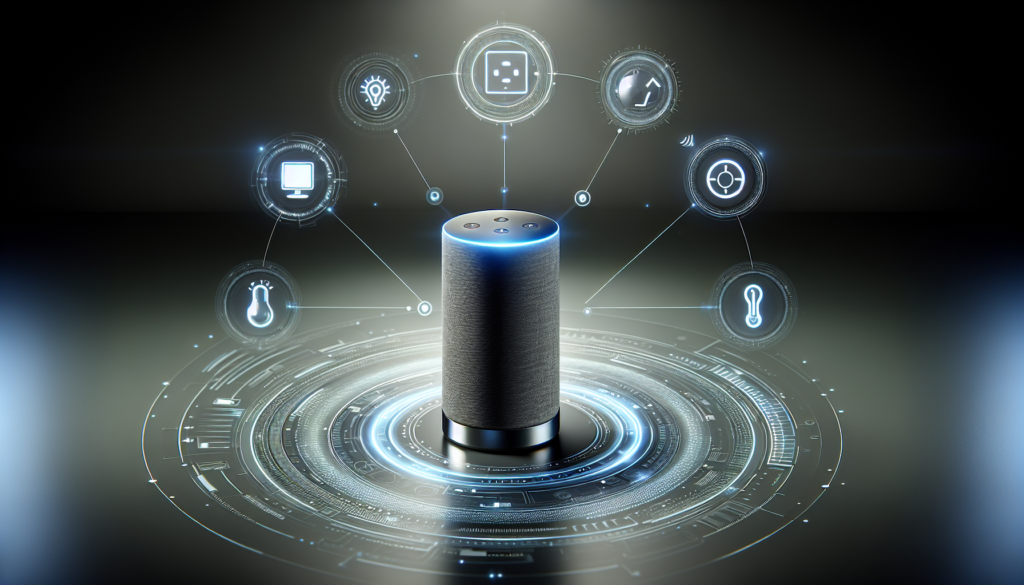
Security and Privacy Factors
While smart homes offer convenience, they also raise security and privacy concerns.
Potential Risks
The interconnected nature of smart devices can make homes vulnerable to hacking if not properly secured. It’s crucial to update software regularly and use strong, unique passwords.
Safety Features
Many smart devices come with built-in security features. For instance, smart locks often include biometric verification or two-factor authentication to ensure unauthorized access is prevented.
Best Practices
Adopt practices such as regularly updating firmware, using secure internet connections, and familiarizing yourself with device-level security settings to maintain a secure smart home ecosystem.
Energy Efficiency and Sustainability
Smart home technology contributes significantly to reducing energy consumption.
Smart Thermostats for Energy Conservation
By adjusting temperatures based on occupancy, smart thermostats reduce unneeded heating or cooling, thus conserving energy and lowering utility bills.
Automated Lighting Systems
These systems enhance energy efficiency by turning off lights in unoccupied rooms or dimming them during specific times of the day, contributing to lesser energy waste.
Compatibility and Connectivity
The effectiveness of smart home devices often depends on their compatibility with existing systems and platforms.
Understanding Protocols and Platforms
Different devices might use varying communication protocols like Z-Wave or Zigbee. Ensuring compatibility with your central hub or chosen platform, such as Amazon Alexa, Apple HomeKit, or Google Home, is essential for seamless integration.
Voice Assistant Integration
Devices that integrate with voice assistants allow for hands-free control, adding an extra layer of convenience. Choose devices that are compatible with your preferred voice assistant to maximize functionality.
Future-Proofing and Innovation
The smart home industry is rapidly evolving, with new technologies continually emerging.
Emerging Trends
Look for advancements such as AI integration, which allows for smarter predictive features, and greater interoperability between devices from different manufacturers.
Long-Term Considerations
When investing in smart technology, consider devices designed to receive updates and improvements, ensuring longevity and adaptability as technology evolves.
In essence, smart home automation offers a plethora of benefits ranging from enhanced convenience to increased property value. By understanding the costs, setup processes, and potential security considerations, you can determine how to best integrate these technologies into your daily life. Whether prioritizing energy efficiency, security, or overall connectivity, the right smart devices can transform your home into a hub of innovation and convenience that’s perfectly tailored to your lifestyle.
